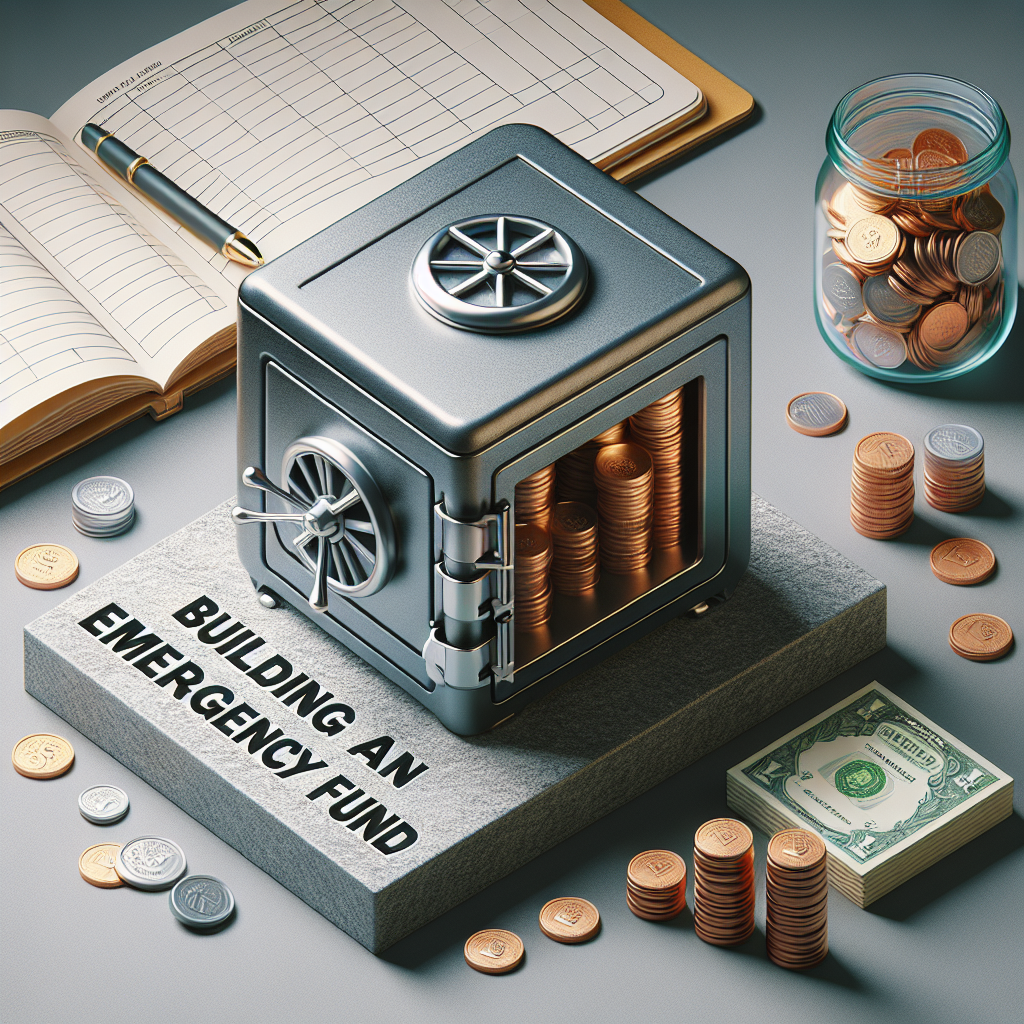In today’s unpredictable world, having an emergency fund is essential. Whether it’s an unexpected medical expense, car repair, or sudden job loss, a robust emergency fund provides financial security and peace of mind. In this article, we will explore practical budgeting tips for building an emergency fund, ensuring you’re prepared for life’s unforeseen challenges.
Why You Need an Emergency Fund
Financial Safety Net
An emergency fund acts as a safety net for your finances. It helps you cover unexpected expenses without having to resort to credit cards or loans, which can lead to debt and financial strain.
Peace of Mind
Knowing you have funds available for emergencies alleviates stress. It allows you to handle crises more effectively, focusing on solutions rather than financial burdens.
Financial Independence
Having an emergency fund contributes to your overall financial independence. It empowers you to make choices without the fear of financial repercussions.
How Much Should Your Emergency Fund Be?
General Guidelines
Financial experts often recommend saving three to six months’ worth of living expenses. This amount can vary based on individual circumstances, such as job stability, income level, and personal comfort.
Assess Your Personal Situation
Consider your unique circumstances when determining your target amount. If you’re self-employed or have irregular income, you may want to aim for a larger fund to cover possible income fluctuations.
Step-by-Step Guide to Build Your Emergency Fund
1. Assess Your Monthly Expenses
Start by tracking your monthly expenses. Identify essential costs like rent, utilities, groceries, and transportation. This will help you determine how much you need in your emergency fund.
2. Set a Realistic Savings Goal
Based on your expense assessment, set a specific savings target for your emergency fund. Aim for a realistic timeline, breaking the goal down into manageable monthly savings.
3. Create a Budget
Develop a budget that accommodates your savings goal. Allocate a portion of your income each month to your emergency fund. Utilize budgeting tools and apps for better tracking and management.
4. Automate Your Savings
Make saving easier by automating transfers to your emergency fund. Schedule monthly or bi-weekly transfers from your checking account to a separate savings account dedicated to emergencies. This “pay yourself first” approach helps you prioritize savings.
Practical Budgeting Tips for Saving Money
Cut Unnecessary Expenses
Review your monthly subscriptions and discretionary spending. Cancel services you don’t use and consider alternatives for entertainment and dining out. Every dollar saved can go toward your emergency fund.
Use Windfalls Wisely
Any unexpected money you receive, such as bonuses, tax refunds, or gifts, can be a great boost for your emergency fund. Consider allocating a portion of these windfalls to enhance your savings.
Set Up an Extra Savings Challenge
Engage in a savings challenge to make saving more enjoyable. For example, start with saving $1 the first week, $2 the second week, and so on. By the end of the year, you’ll have a considerable amount saved!
Maintaining Your Emergency Fund
Regularly Review Your Fund
Make it a habit to assess your emergency fund every few months. As your financial situation changes, you may need to adjust your savings goal.
Avoid Using Funds for Non-Emergencies
It’s crucial to only use your emergency fund for genuine emergencies. Distinguish between needs and wants to ensure your fund remains intact for true unexpected expenses.
Keep Your Fund Accessible but Separate
Store your emergency fund in a high-yield savings account that is easily accessible in case of emergencies but separate from your everyday checking account. This will help you resist the temptation to dip into it for non-emergencies.
Conclusion
Building an emergency fund is a vital step towards achieving financial security. By following these budgeting tips and strategies, you can create a safety net that protects you against life’s unexpected expenses. Remember, the key to a successful emergency fund is consistency and discipline. Start today and take control of your financial future!

